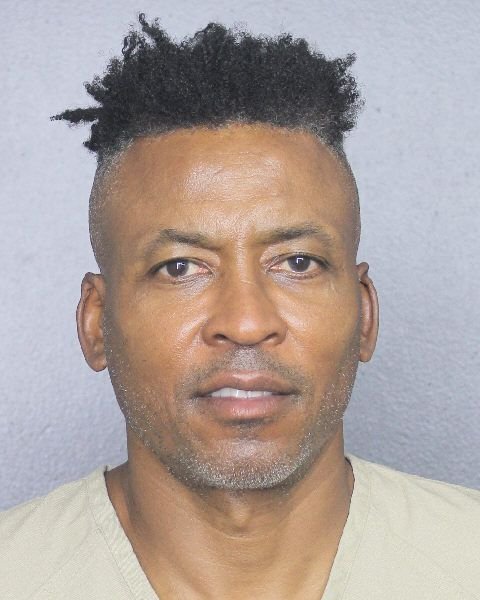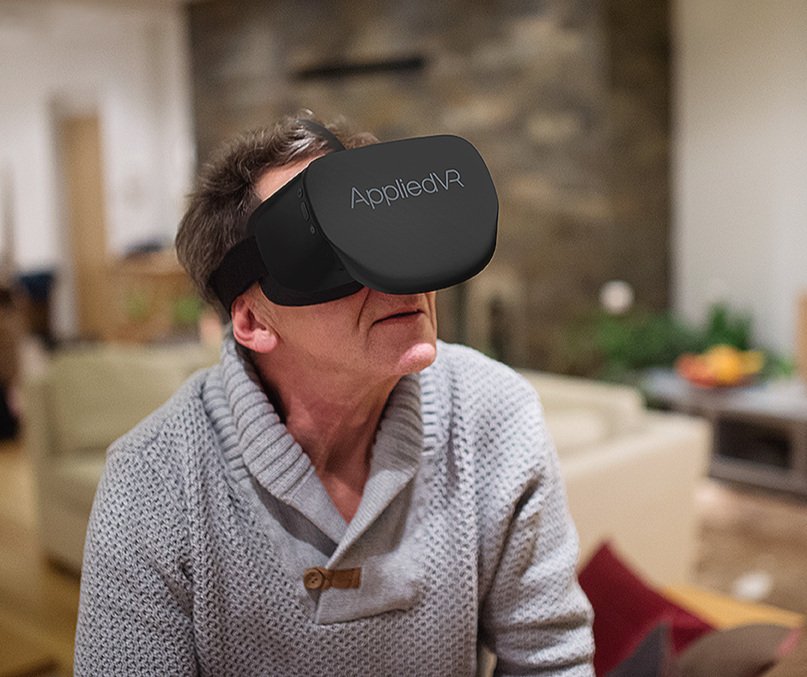Patient in Tulsa Hospital Shooting Was Angry About Pain Care
/By Pat Anson, PNN Editor
The gunman who killed four people Wednesday at an Oklahoma hospital recently had back surgery and was angry about his post-operative pain not being treated, according to police and media reports.
Michael Louis shot and killed Dr. Preston Phillips, the surgeon who performed the operation, as well as another doctor, a medical receptionist and a bystander who took his wife to an appointment at Saint Francis Hospital in Tulsa. The 45-year-old Louis fatally shot himself as police closed in.
“What we currently know is that Louis was in pain, Louis expressed that he was in pain and was not getting relief and that was the circumstance surrounding this entire incident,” said Tulsa Police Chief Wendell Franklin. “He blamed Dr. Phillips for the ongoing pain that came from the surgery.”
Phillips was an orthopedic surgeon who specialized in spinal surgery and joint reconstruction. He graduated from Harvard Medical School in 1990.
No details have been released on what type of back surgery Louis had or what kind of pain medication he was given. According to a niece, he suffered from back pain for “a long time.”
“We are aware that he has been experiencing back pain for a long time but [there is] no reason for this senseless act,” the niece told The Daily Beast. “We are a Christian-based family. We have never experienced this before.”
Police say Phillips operated on Louis on May 19. Louis was released from the hospital on May 24, but called “several times over several days complaining of pain and wanted additional treatment,” according to Franklin. Louis had an appointment with Phillips on Tuesday, the day before the shooting, but it’s not clear if any further pain relief was offered to him.
In the days following his surgery, Louis was living in the home of his ex-wife, Dr. Edith Lubin, a family practice physician. Her lawyer released a statement saying Lubin had no knowledge of her former husband possessing a gun or having “any intent of harming anyone.”
“Dr. Lubin is praying for the families of all those affected. She acknowledges everyone’s concerns in understanding what happened, but she is at a loss for an explanation, other than the effect of continuing pain to Mr. Louis during his recovery,” the lawyer said in a statement to a KJRH-TV reporter.
Louis bought a handgun on Sunday and a semiautomatic rifle on Wednesday afternoon, just hours before the shooting. Both weapons were legally purchased, according to police.
Franklin said a letter found on Louis after the shooting “made it clear that he came in with the intent of killing Dr. Phillips and anyone who got in his way.”
Asked whether opioids were involved in Louis’ treatment, Franklin said investigators have only established that he was in pain and that other details about his care were still being investigated, according to The Washington Post.
‘Just a Matter of Time’
In recent years, many U.S. hospitals have stopped or reduced the use of opioids after surgery, fearing patients may become addicted. Non-opioid analgesics and over-the-counter pain relievers such as Tylenol are increasingly being used to treat post-operative pain.
"Out of all the hospital systems in Oklahoma, I have heard the most about the horrible pain treatment at St. Francis,” said Tamera Lynn Stewart, an Oklahoma patient advocate and Policy Director for the P3 Political Action Alliance. “I know so many who have had surgery there and received Tylenol only or who see doctors there that claim they aren’t allowed to prescribe."
Opioid addiction is actually rare after surgery. Studies have found that less than 1% of patients are still taking opioids a year after major surgery or were later diagnosed with opioid dependence.
With their pain poorly treated or left untreated, Stewart says some desperate patients in Oklahoma have threatened to kill themselves on the steps of the state capitol to make a statement. The mass shooting at the Tulsa hospital, while tragic, was not unexpected to her.
“While our hearts are grieving with the families and victims, few in our grassroots communities built to advocate for appropriate treatment of pain without government or third-party interference can say this was completely unexpected. Veterans have committed suicide at VA’s across the country for the same reason,” Stewart told PNN.
“Most of us knew it was just a matter of time before someone who could no longer bear the unrelenting pain did something more drastic in order to get the attention needed to end the restrictions (on opioids) and begin the much-needed process of swinging the pendulum back to a more neutral position.”
Long before Tulsa, there were other cases where people in pain resorted to drastic action. In 2017, a man suffering from chronic back pain shot and wounded two people at a Las Vegas pain clinic before taking his own life.
That same year, an Indiana doctor was fatally shot by a man who was upset because the physician refused to prescribe opioids to his wife, who suffered from chronic pain.













